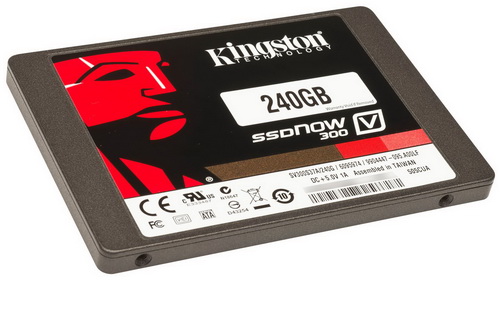INTRODUCTION

2016 is almost here and i still remember the time 7-8 years ago when the very first commercial solid state drives (SSDs) made their appearance in the market and gave everyone a glimpse into the future of computers. Today i don't know if things changed as much as we had all hoped back then especially since mechanical disk drives are still the dominant storage media in the market but noone can deny that things have changed for the best. For example where a few years back one would have to update the CPU and RAM of a system to improve its responsiveness now people need just an SSD. However not all has been good in this industry since i bet many of you may still remember some cases where certain manufacturers were accused of using the old "bait and switch" marketing trick with their SSD models. Among those was Kingston and they were accused of replacing the 19nm NAND flash modules found in their first batches of the SSDNow V300 SSD line with lower-performance 20nm asynchronous ones. We did test one of the early V300 models (120GB) back then but since i always heard about this bait and switch trick i decided to take a look at one current SSDnow V300 model to see if what I’ve been hearing for roughly 3 years now is true.
Kingston Technology Company, Inc. is the world’s largest independent manufacturer of memory products. Kingston designs, manufactures and distributes memory products for desktops, laptops, servers, printers, and Flash memory products for PDAs, mobile phones, digital cameras, and MP3 players. Through its global network of subsidiaries and affiliates, Kingston has manufacturing facilities in California, Taiwan, China and sales representatives in the United States, Canada, Europe, Russia, Turkey, Ukraine, Australia, New Zealand, India, Taiwan, China, and Latin America.
Under the hood of the SSDnow V300 now se see pretty much the same components like we did almost 3 years ago such as the SandForce SF-2281 controller by LSI which offers several features including TRIM, intelligent garbage collection, RAISE (error correction, RAID like protection and recovery), DuraClass (advanced wear leveling and monitoring algorithms) and DuraWrite (up to 20x or more the flash endurance compared to other similar generation controllers). However instead of the 19nm Toggle NAND flash memory modules by Toshiba Kingston used back then this time over it has 20nm MLC NAND flash memory modules by Micron a change which at least to what I’ve been reading is responsible for considerably reduced read/write performance. Do keep in mind that although back in January 2013 we reviewed the 120GB V300 model and so the 240GB model should have slightly better read/write performance if what is said stands then even with that small "boost" it should still underperform compared to its smaller capacity brother.

 O-Sense
O-Sense









